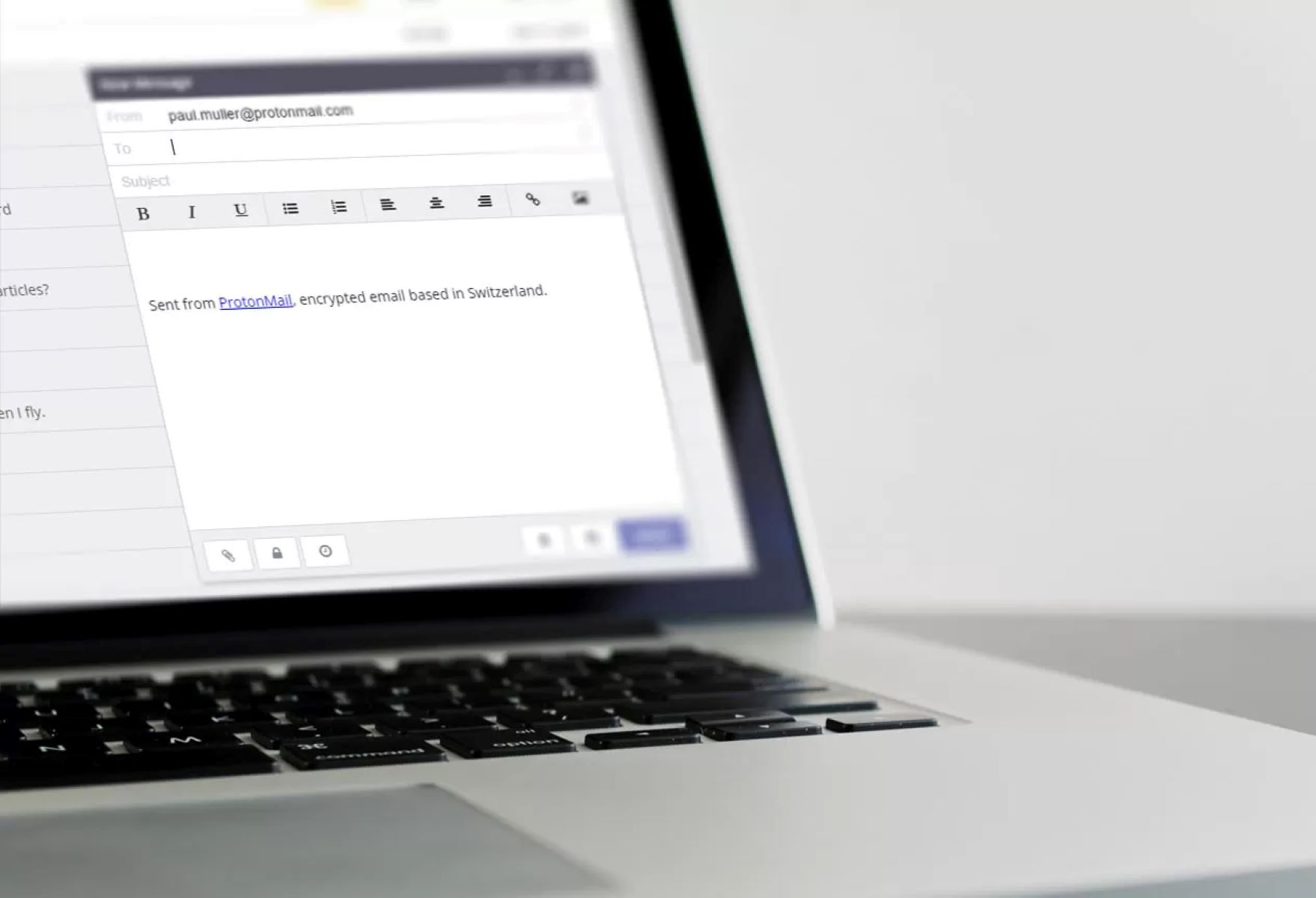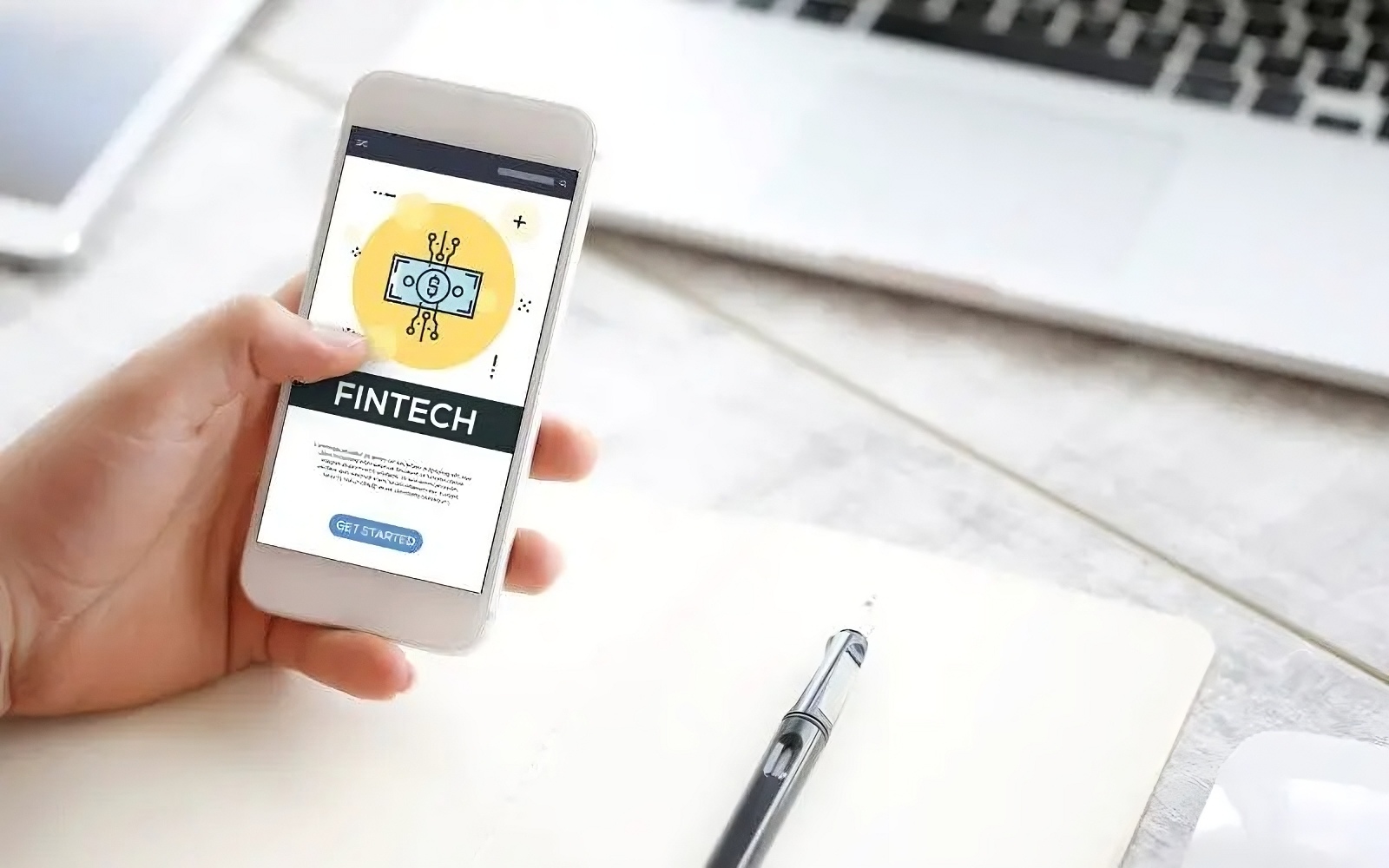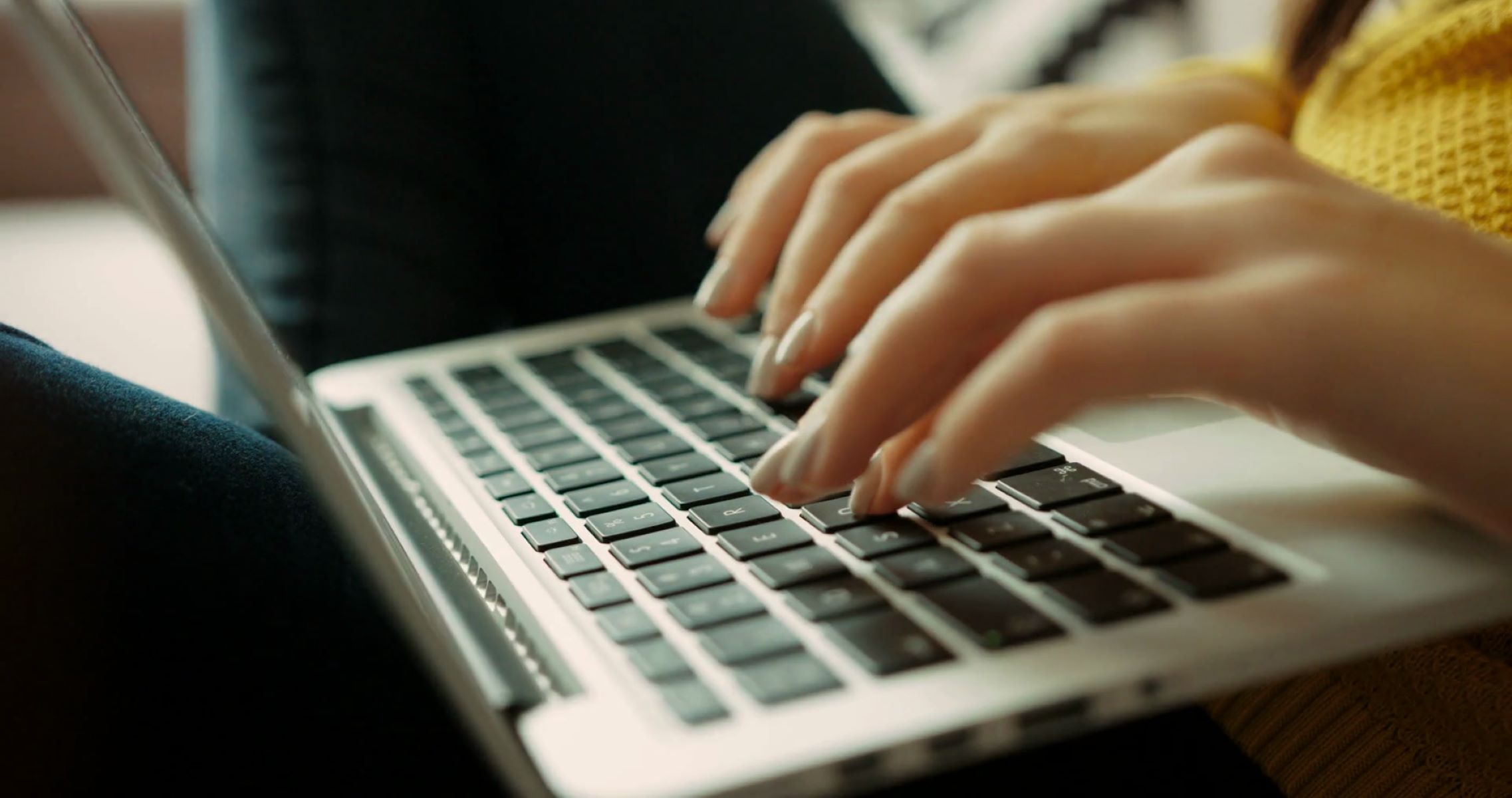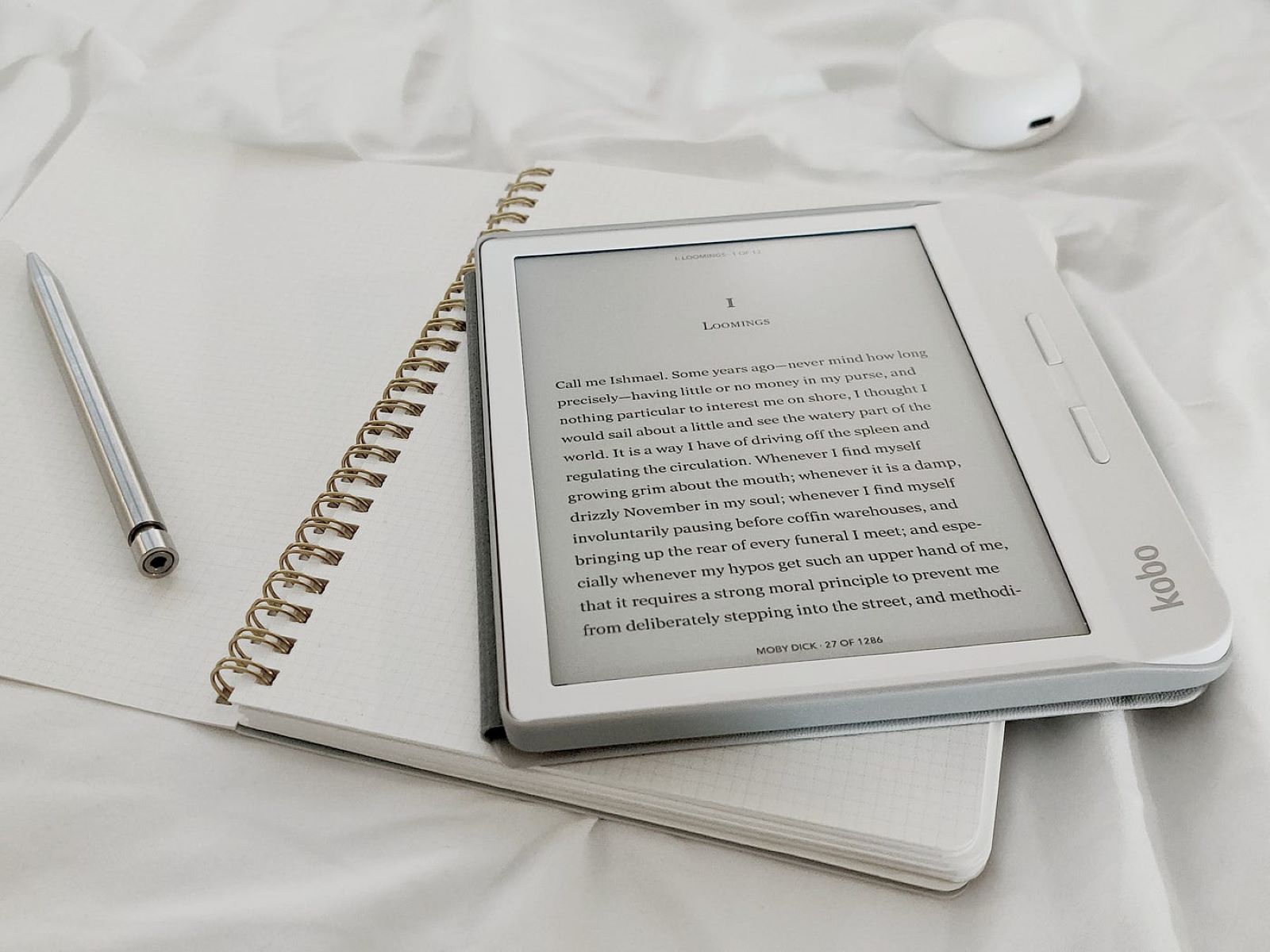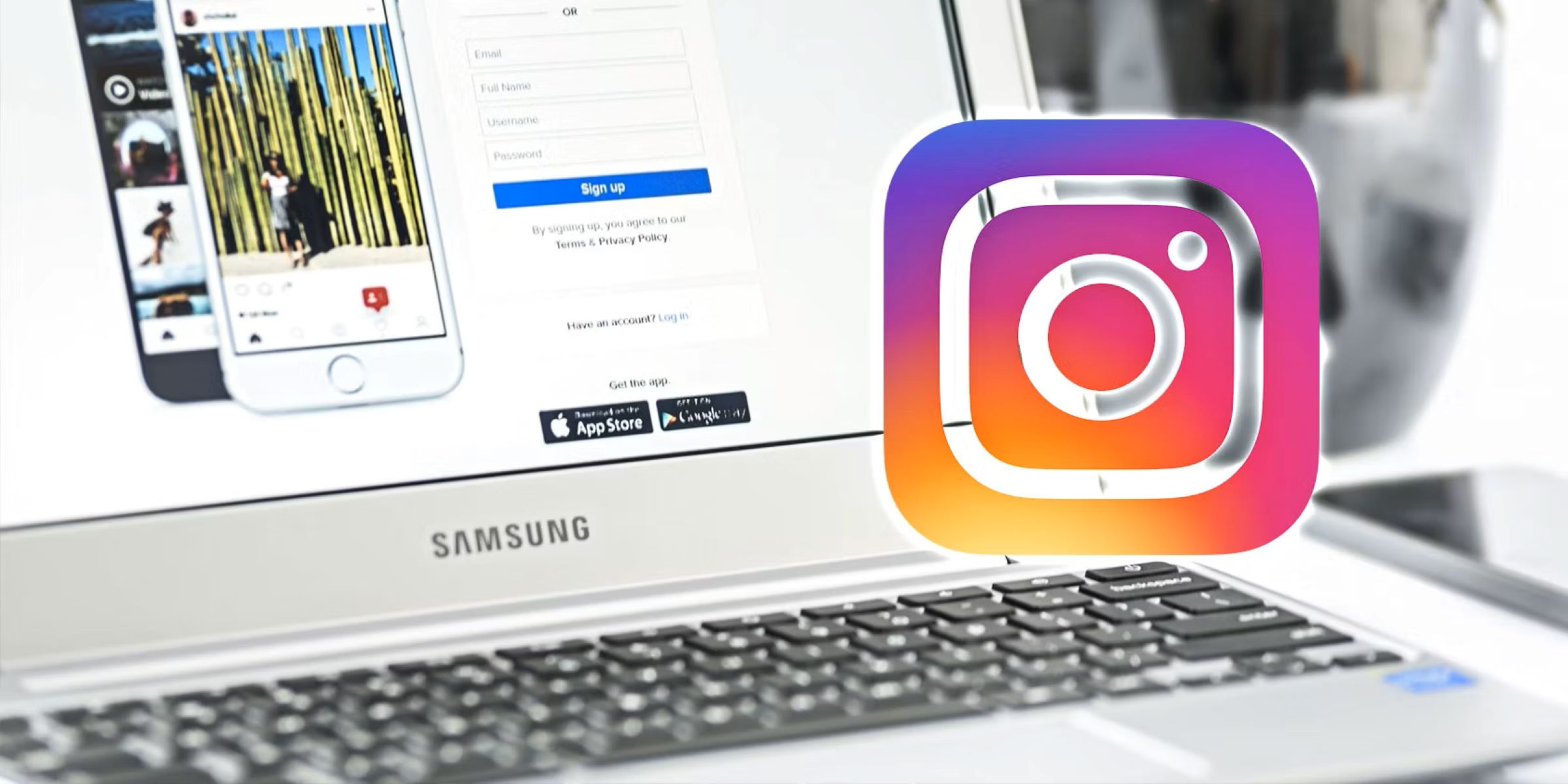Introduction
When you receive an email inviting you for an interview, it’s important to respond promptly and professionally. This is your opportunity to make a positive impression on the interviewer and showcase your enthusiasm for the position. Crafting a well-written and thoughtful response will not only confirm your interest in the opportunity but also demonstrate your ability to communicate effectively.
In this article, we will discuss the essential steps on how to respond to an email for an interview. From reviewing the email to sending a professional and engaging response, we will guide you through the process to ensure you make a lasting impression. Whether you’re a seasoned professional or a recent graduate, these tips will help you navigate the interview confirmation process with confidence.
Remember, your response to the interview invitation is an ideal opportunity to convey your professionalism, attention to detail, and enthusiasm for the position. Use this chance to showcase your communication skills and set the stage for a successful interview. Let’s dive into the necessary steps to compose an impressive email response to an interview invitation.
Review the Email
Before responding to the interview invitation, take the time to thoroughly read and understand the contents of the email. Pay attention to the sender’s name, the subject line, and the body of the email. By carefully reviewing the email, you can gather essential information and ensure that you address all the necessary points in your response.
As you read the email, take note of the date and time of the interview, the location (if it’s an in-person interview), and any specific instructions or requirements. This will help you prepare for the interview and ensure that you have all the necessary details in your response.
If the email requests any additional materials, such as a portfolio, writing samples, or references, make a note of it. You’ll want to gather these materials and have them ready to send along with your response.
It’s also important to pay attention to any attachments or links in the email. If the email includes a schedule or any documents for review, make sure to open and review them carefully. This will help you have a clear understanding of the interview process and any preparatory steps you may need to take.
By thoroughly reviewing the email, you can ensure that you have a complete understanding of the interview requirements and make an informed response. This shows attention to detail and professionalism, setting the tone for a successful interview process.
Respond Promptly
After reviewing the email, it’s crucial to respond to the interview invitation in a timely manner. Promptly acknowledging the invitation not only demonstrates professionalism but also shows your enthusiasm for the opportunity.
Replying to the email within 24-48 hours is generally considered a good practice. This ensures that the interviewer knows you received the invitation and are interested in proceeding with the interview process. If for any reason you need more time to consider or gather any necessary information, it’s essential to communicate this to the interviewer so they are aware of your timeline.
In your response, make sure to acknowledge the invitation and express your gratitude for the opportunity. This can be done in a simple and concise manner, such as:
“Dear [Interviewer’s Name],
Thank you for considering me for the [position] at [company]. I greatly appreciate the opportunity to interview for the role.”
By promptly responding to the interview invitation, you show professionalism and respect for the interviewer’s time. It also allows you to secure your slot for the interview and gives you ample time to prepare for the next steps in the process.
Use a Professional Tone
When crafting your response to the interview invitation, it’s crucial to maintain a professional tone throughout your email. Your communication reflects your professionalism and can leave a lasting impression on the interviewer.
Start your email with a polite and formal greeting, addressing the interviewer by their name, such as “Dear [Interviewer’s Name],” or “Hello [Interviewer’s Name],”.
Keep your language concise, clear, and respectful. Avoid using emojis, excessive exclamation marks, or overly casual language. Remember, you are communicating in a professional context, and your email should reflect that.
Use proper grammar, punctuation, and capitalization to create a polished and professional impression. Proofread your email before sending it to ensure there are no spelling or grammatical errors that could detract from your message.
In addition to using a professional tone, it’s important to tailor your language to the company and industry you are applying to. Research the company’s culture and communication style, and aim to align your tone with their values. This shows your adaptability and attention to detail.
By using a professional tone in your email response, you convey respect, courtesy, and an understanding of workplace etiquette. This sets a positive tone for the interview process and demonstrates your suitability for the role.
Address the Interviewer by Name
When responding to the interview invitation, it’s essential to address the interviewer by their name. Using their name adds a personal touch and demonstrates that you have taken the time to research and acknowledge who they are.
If the email includes the interviewer’s name, make sure to use it in your response. Addressing them directly shows respect and establishes a connection from the start.
If the email does not include the interviewer’s name, try to find it through research or by checking the company’s website or LinkedIn profile. Addressing the interviewer by name in the email shows your attention to detail and proactive approach.
Using the interviewer’s name not only adds a personal touch to your response but also helps establish rapport. It creates a sense of familiarity and demonstrates that you have taken the time to learn about the people you will be interacting with during the interview process.
Including the interviewer’s name in your response can be done in the opening greeting, such as:
“Dear [Interviewer’s Name],”
or
“Hello [Interviewer’s Name],”
By addressing the interviewer by name, you show that you are engaged and invested in the interview process. It creates a positive impression and sets the tone for a productive and respectful conversation.
Express Excitement and Gratitude
When responding to an interview invitation, it’s important to convey your excitement and gratitude for the opportunity. Expressing genuine enthusiasm shows your interest in the position and leaves a positive impression on the interviewer.
Start your response by thanking the interviewer for considering you for the position. Express your gratitude for the opportunity to interview at their company, highlighting your appreciation for their time and consideration.
Next, express your excitement about the prospect of joining their team or the opportunity to learn more about the role. This can be done by mentioning specific aspects of the company or position that excite you, such as their mission, values, or the chance to contribute to a specific project or team.
For example, you can say:
“I’m thrilled to have the chance to interview for the position at [company]. The company’s [mission/values] deeply resonate with me, and I’m excited about the opportunity to potentially contribute to [specific project/team].”
By expressing your excitement and gratitude in your response, you demonstrate your genuine interest in the position and your enthusiasm for the company. This positive energy can leave a lasting impression on the interviewer and make you stand out among other candidates.
Confirm the Interview Details
When responding to an interview invitation, it’s crucial to confirm the details of the interview to ensure clear communication and avoid any misunderstandings. Restating the interview details shows your attention to detail and ensures that both you and the interviewer are on the same page.
In your response, confirm the date, time, and location of the interview. If it is an online or phone interview, provide any necessary login information or contact details. Double-check the time zone if it’s a remote or international interview to avoid any confusion.
For example, you can say:
“I would like to confirm my availability for the interview on [date] at [time]. I will be ready at [location/online platform] and look forward to our conversation.”
If there are any specific instructions or requirements mentioned in the original email, such as dress code, documents to bring, or technical requirements for an online interview, make sure to acknowledge and confirm them in your response.
Additionally, if you have any scheduling conflicts or need to reschedule the interview, be honest and prompt in communicating this to the interviewer. Offer alternative dates and times that work for you, allowing them to adjust the schedule accordingly.
By confirming the interview details in your response, you ensure that both parties are aligned and prepared for the upcoming interview. Clear communication and attention to detail will leave a positive impression on the interviewer and set the stage for a smooth interview process.
Prepare any Additional Materials Requested
When responding to an interview invitation, it’s important to carefully review any additional materials requested in the email. This could include documents like your resume, portfolio, writing samples, or references.
Take the time to gather and prepare these materials ahead of the interview. Ensure they are up-to-date, organized, and ready to be submitted if required. Pay attention to any specific format or guidelines mentioned in the email, such as file type or size restrictions.
If the email does not explicitly list the additional materials but mentions the possibility of bringing them to the interview, it’s still a good idea to have them prepared and easily accessible. This demonstrates your proactive approach and preparedness.
For example, if the email states, “Please bring a copy of your resume and references to the interview,” make sure to have printed copies of these documents ready to be handed over if requested.
In case the email does not specify the format or method of submission for the additional materials, you can mention your preparedness and ask for clarification in your response. For instance:
“I have prepared my resume, portfolio, and references as requested. Should I bring hard copies to the interview or would you prefer digital copies sent via email beforehand?”
By proactively preparing any additional materials requested, you demonstrate your attention to detail and organization. This shows the interviewer that you are thorough and ready to provide any necessary documentation to support your application.
Ask any Questions or Seek Clarification
When responding to an interview invitation, it’s important to take the opportunity to ask any questions or seek clarifications that you may have. This shows your interest in the position and your desire to gather more information about the interview process or the company.
If you have any questions about the interview format, such as whether it will be a panel interview or an individual meeting, or if there will be any assessments or tests involved, don’t hesitate to ask. Gathering this information in advance will help you mentally prepare and ensure that you arrive for the interview fully informed.
Additionally, if there are any aspects of the company or the role that you would like further clarification on, such as the team structure, the company’s growth plans, or the projects you may be working on, take the opportunity to inquire about them.
Consider asking questions like:
“Could you provide some additional details on the interview format and what I should expect during the conversation?”
“I’m eager to learn more about the company culture and the team dynamics. Could you provide some insights into these aspects?”
“Is there anything specific I should focus on in preparing for the interview?”
By asking thoughtful questions and seeking clarification, you demonstrate your curiosity and engagement in the interview process. It also shows your proactive approach to gathering information and ensuring that you have a clear understanding of the role and the company.
Close the Email Professionally
As you conclude your response to the interview invitation, it’s important to close the email professionally to leave a lasting and positive impression on the interviewer. A proper closing demonstrates your professionalism and signals the end of your message.
Here are a few examples of strong and professional closing statements:
1. “Thank you once again for considering me for this opportunity. I look forward to discussing my qualifications further during the interview. Best regards, [Your Name].”
2. “I appreciate the chance to interview for the [position] at [company]. I’m excited to meet the team and delve deeper into my qualifications. Sincerely, [Your Name].”
3. “I am eager to have the opportunity to contribute my skills and experience to [company]. Thank you for inviting me to interview. Kind regards, [Your Name].”
Remember to end the email with a professional salutation, such as “Sincerely,” “Best regards,” or “Kind regards.” After the closing, include your full name and contact information, including your phone number and email address.
Keep in mind that your email signature should be consistent with your resume and other professional correspondence. Ensure that it includes all relevant contact information and any professional affiliations or certifications you may have.
By closing your email professionally, you demonstrate your respect and professionalism towards the interviewer. This final touch leaves a positive impression and ensures that your email concludes on a strong and polite note.
Conclusion
Responding to an email for an interview is an important step in the job application process. By following these essential steps, you can effectively navigate the interview confirmation process and leave a positive and lasting impression on the interviewer.
Remember to review the email thoroughly, ensuring that you understand the interview details and any additional materials requested. Respond promptly, expressing your gratitude and excitement for the opportunity. Use a professional tone throughout your email, addressing the interviewer by name to establish a personal connection.
Confirm the interview details in your response, double-checking the date, time, and location. Prepare any additional materials requested, showcasing your organization and attention to detail. Take the opportunity to ask any questions or seek clarifications to gain further insight into the interview process or the company.
Finally, close your email professionally, expressing your continued interest and gratitude. Sign off with a professional salutation and include your complete contact information in the email signature.
By following these steps and adding your own personal touch, you can craft a strong and effective response to an interview invitation. This will help you stand out from other candidates and create a positive impression that increases your chances of success in the interview process.







